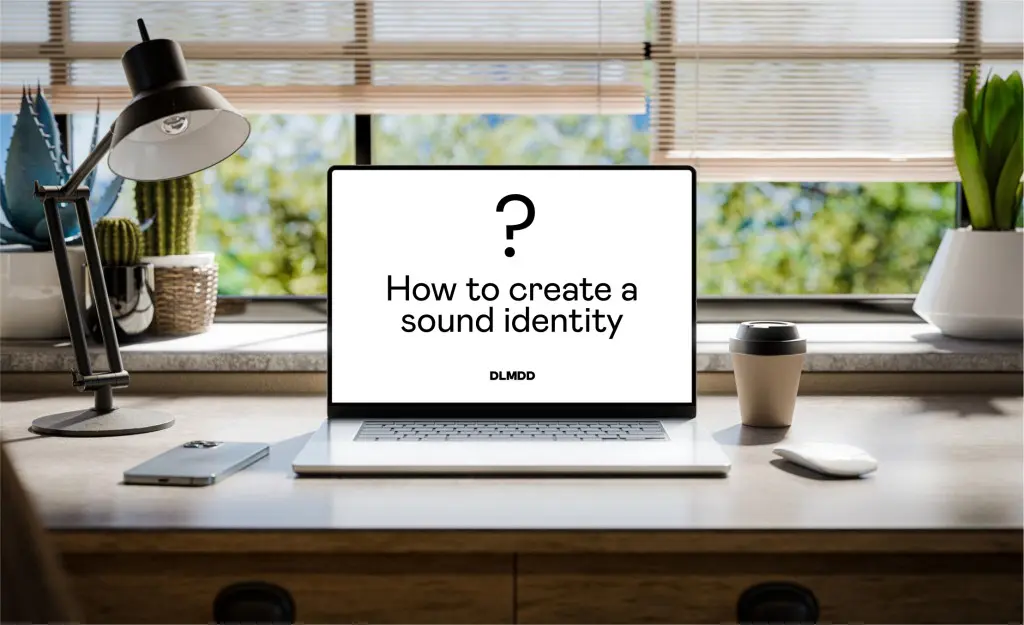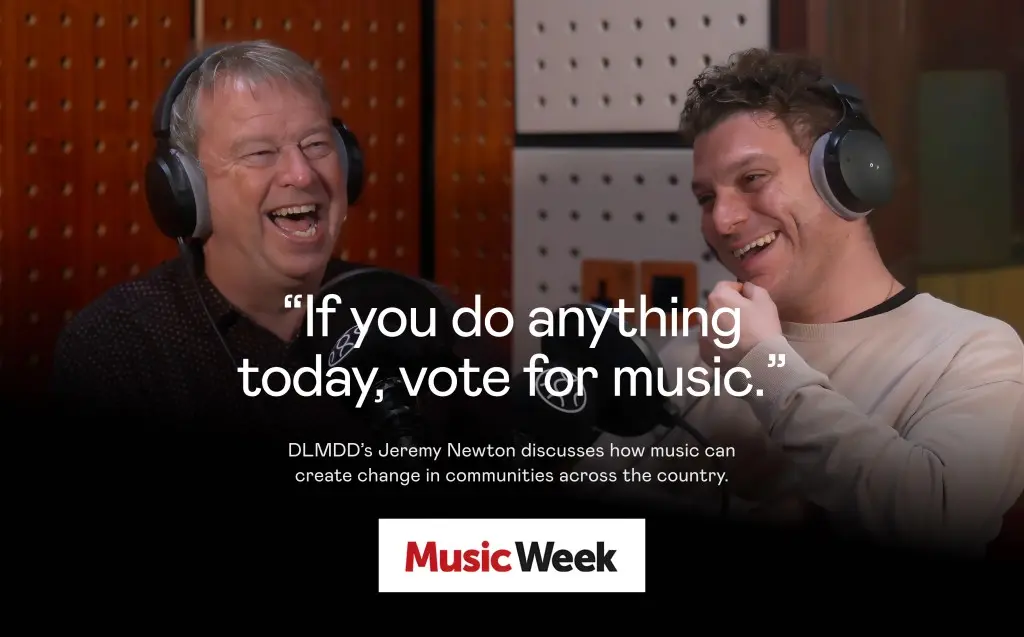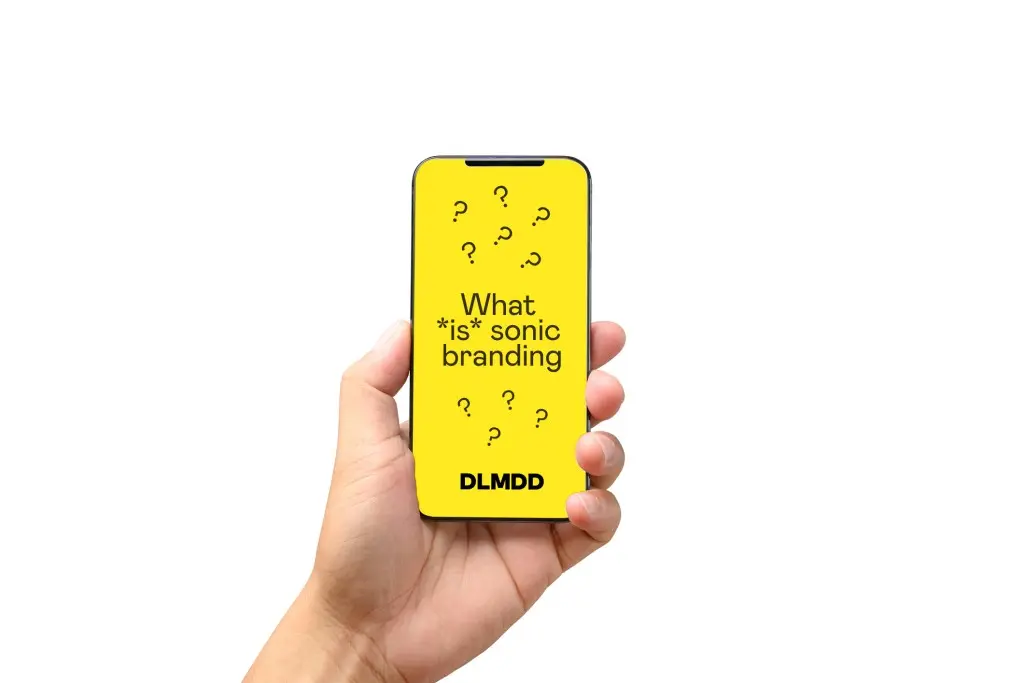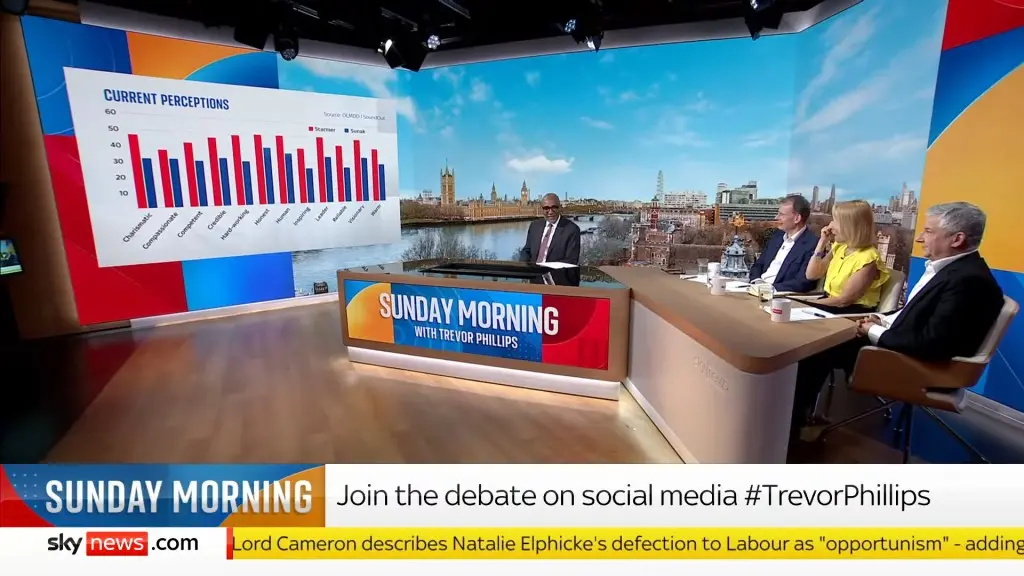News
The Power of
Sound & Music.
Carols + Beer: DLMDD Turns Six!
On the eve of DLMDD's 6th birthday, we took the opportunity to get festive AND retrospective whilst belting out a carol or three.
-

Carols + Beer: DLMDD Turns Six!
On the eve of DLMDD's 6th birthday, we took the opportunity to get festive AND retrospective whilst belting out a carol or three.
-

“If These Walls Could Talk” - podcasting tales from the beating heart of London’s music venues.
Join DLMDD's Jeremy Newton & Greg Moore on their quest to unearth unforgettable stories from the people behind London's iconic music venues.
-

A Complete Guide to Sound Trademarks: What It Is and How to Trademark Your Sound.
Explore what sound trademarks are, best practices for registering your sound mark, and the brands who have tackled trademarking their audio identity already.
-

NOW CLOSED - We’re hiring: Executive Assistant
As an Executive Assistant at DLMDD, you’ll play a pivotal role in the smooth operation of our London HQ. Your responsibilities will encompass administrative…
-

Relive the magic: The Alliance for Women Film Composers x DLMDD.
The AWFC threw open the DLMDD doors to connect women film composers to the sonic branding and advertising music industries.
-

How to create a sound identity - tactics for how to design a sonic brand.
You know you need a sound identity, but how exactly do you create one? Our Senior Brand Music Consultant Erin McCullough explores...
-

Jeremy talks to Music Week about music’s power to change communities.
'Vote for music!': Jeremy Newton on the grassroots sector's manifesto
-

“What is sonic branding?” - a full guide to the world of brand sound.
Sonic branding - also referred to as audio branding, sound identity, sound trademark - all means the same thing: how your brand is recognised and remembered for…
-

Sascha on BBC Wake Up To Money.
DLMDD Co-Founder Sascha was back on BBC radio inspiring the nation on his economic and fiscal policies.
-

DLMDD featured on Sky News.
DLMDD and audio testing company SoundOut reveal the soundtracks most likely to lead to UK election success for Labour or Conservatives.
-

In the news: D:Ream Bans Hit Song from Election Campaign
The band behind the dancefloor anthem that soundtracked Labour’s 1997 victory say ‘never again’ to the song’s connection with politics.
-

Re-recording the Fatboy Slim lyric you’ve been singing wrong your whole life
Why mishearing the lyric nailed it for LNER.
